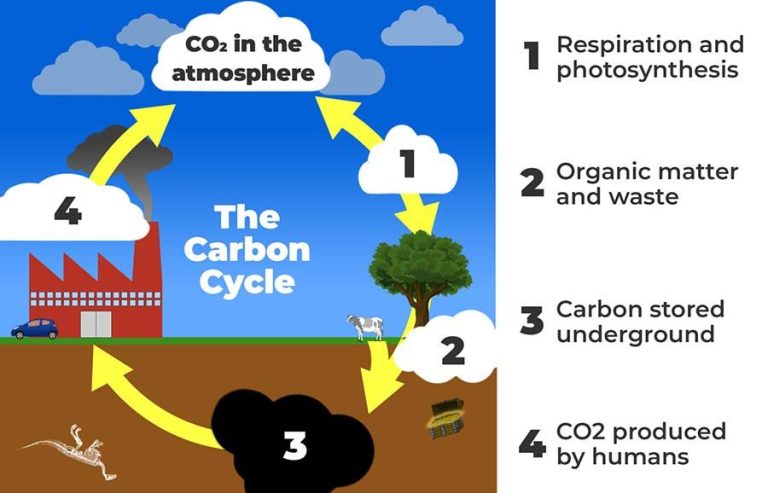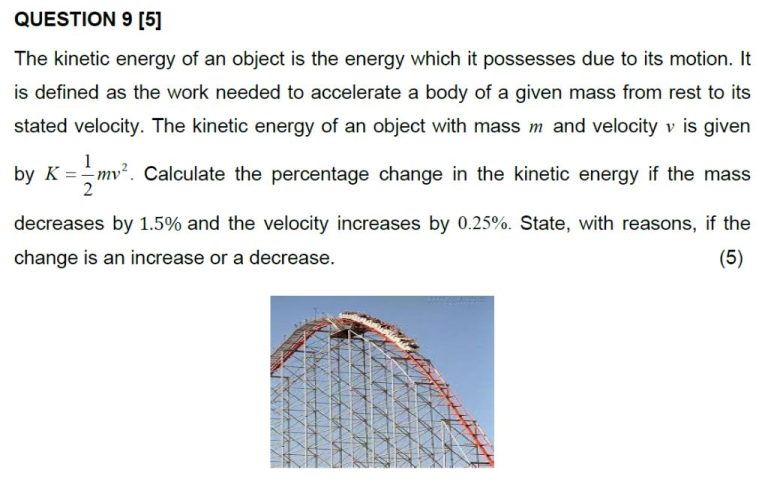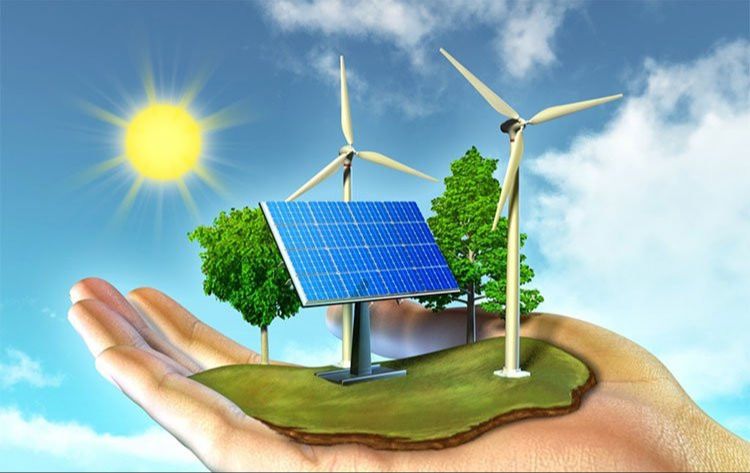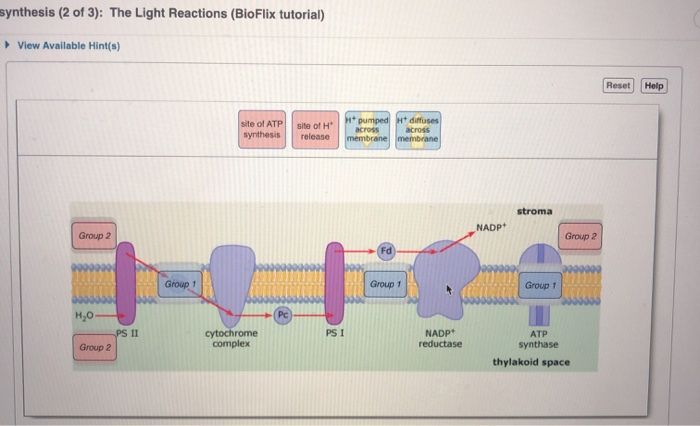What Is Better Than Nuclear Energy?
Nuclear energy has become an important electricity source, providing about 20% of total U.S. electricity generation and over 50% of carbon-free electricity. However, there are concerns around nuclear energy, including high upfront costs, radioactive waste management, and risks of accidents. This has led some to explore alternatives that are also carbon-free but avoid some of the downsides of nuclear. The goal of this article is to examine some of the leading alternatives to nuclear energy.
Solar Power
Solar power harnesses energy from the sun using photovoltaic cells to generate electricity. When sunlight hits the cells it excites electrons and creates an electrical current. This electricity can be used immediately, stored in batteries, or fed into the grid (Source 1).
Solar power has several advantages as an energy source. First, it is renewable – the sun provides an endless supply of energy. It is also clean energy that does not emit greenhouse gases. The costs of solar panels have been decreasing steadily, and solar power creates many skilled jobs in installation and maintenance (Source 2).
However, solar power does have some disadvantages. It is an intermittent source, only generating electricity when the sun is shining. Solar farms require large amounts of land space. Storing solar energy for use when the sun isn’t shining remains expensive with current battery technology. These challenges need to be addressed for solar to reach its full potential (Source 3).
Wind Power
Wind turbines harness the kinetic energy in wind and convert it into mechanical power through their spinning blades. The rotational motion spins a generator to produce electricity. Wind turbines typically have 3 rotor blades that face into the wind. Larger blades capture more wind energy and produce more electricity. The turbines are mounted on tall towers, usually over 30 meters high, to access stronger winds.
The pros of wind power are that it produces no air pollution or greenhouse gas emissions during operation. It is also a freely available and renewable resource across the world. The costs of wind power have fallen dramatically in recent decades making it competitive with fossil fuels. According to the U.S. Department of Energy, wind has become one of the lowest-priced energy sources available today in many parts of the country. https://www.energy.gov/eere/wind/advantages-and-challenges-wind-energy
The cons are that wind power can be intermittent and varies based on wind patterns and speeds at different times of day and year. The output from turbines is not perfectly predictable. Wind turbines also make noise as the rotors turn and can pose risks for birds and bats that can get struck while flying. However, siting and technology improvements have helped reduce these impacts.
Hydroelectric Power
Hydroelectric power utilizes the energy of flowing water to generate electricity. A dam is built on a river to create a reservoir. When the gates of the dam are opened, water flows through tunnels in the dam and turns turbines connected to generators [1]. The motion of the turbines spinning creates electricity.
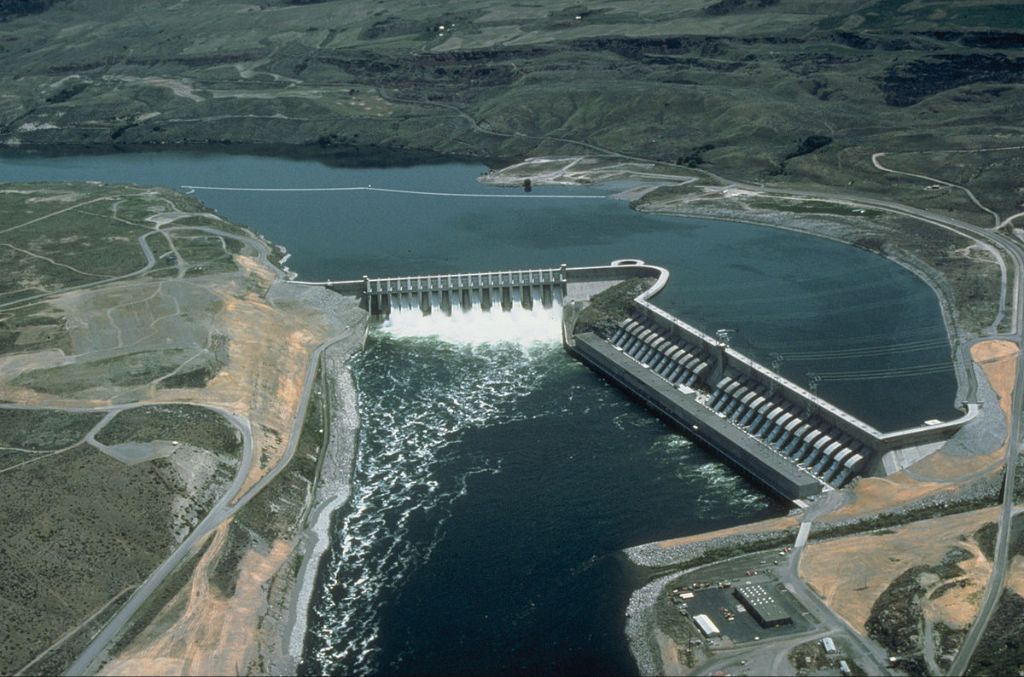
Hydroelectric power has several advantages. It is a reliable and low-cost source of renewable energy once a dam is built. Since it relies on the water cycle, it is not subject to market fluctuations like fossil fuels. Dams also provide recreation, flood control, and water supply benefits [2].
However, hydroelectric power has some downsides. Damming rivers can negatively impact wildlife habitats and vegetation both upstream and downstream. Fish migration can be blocked, and lowered oxygen levels can increase algae growth. Droughts reduce the amount of electricity produced. Large dams also require relocating communities in the flooded land behind the dam [3].
Geothermal Power
Geothermal power utilizes heat from the Earth’s core to generate electricity. This heat can come from hot water reservoirs deep underground or nearer the surface. Wells are drilled into geothermal reservoirs to bring steam or hot water to the surface. This steam rotates turbines to generate electricity, similar to fossil fuels or nuclear power but without combustion or nuclear reaction. The steam and hot water is then returned underground via injection wells.
Geothermal power has several key advantages. First, it offers a reliable and constant supply of energy, as the Earth’s heat remains accessible at all times [1]. This contrasts with solar or wind power which fluctuate based on environmental conditions. Geothermal also produces very low emissions since no fuels are combusted. The land use footprint is small compared to other renewables. However, geothermal does have downsides. Suitable geothermal sites are geographically limited, as ideal hot spots with accessible reservoirs are required. Upfront drilling and exploration costs are very high, ranging from $2-7 million per installed megawatt [2]. There can also be surface instability and minor earthquakes associated with fracturing underground rock.
Biomass Power
Biomass power utilizes organic matter like plants and agricultural waste to generate energy through combustion or decomposition. Some pros of biomass power include:
- Versatility – Biomass can be used to produce electricity, transportation fuels, and heating.
- Reduces waste – Using agricultural and forestry residues for energy reduces waste sent to landfills.
However, there are some cons to consider as well:
- Air pollution – Burning biomass releases air pollutants like particulate matter, carbon monoxide, and nitrogen oxides.
- Transportation costs – Transporting bulk quantities of biomass to power plants can be expensive.
Overall, biomass can provide a renewable energy source when organic matter is managed sustainably. But factors like emissions and logistics must be addressed. (Source)
Natural Gas
Natural gas is a fossil fuel that is burned to generate electricity. About 35% of electricity in the United States comes from natural gas power plants [1]. Natural gas has some advantages as an energy source:
- Abundant domestic supply – The US has large domestic reserves of natural gas that can provide reliable power [2].
- Lower emissions than coal and oil – When burned, natural gas emits about 50% less carbon dioxide than coal and 30% less than oil. This makes it a cleaner fossil fuel option [3].
However, natural gas also has some drawbacks:
- Methane leaks – Methane is a potent greenhouse gas, and leaks during natural gas production and transport contribute to climate change.
- Price volatility – Natural gas prices can fluctuate greatly, making the cost of electricity unpredictable.
Energy Storage
Energy storage systems like batteries can help enable wider adoption of renewable energy sources like solar and wind power by addressing the intermittent nature of these technologies. Storage provides a way to capture excess renewable energy when production exceeds demand and discharge it when needed (source).
Some of the pros of energy storage include:
- Allowing homes and businesses to store their own renewable energy for use anytime, reducing reliance on the grid
- Smoothing out fluctuations in renewable energy production and demand
- Providing backup power during grid outages
However, there are also some significant cons to consider:
- High upfront costs for battery storage systems (source)
- Limitations in energy storage capacity using current battery technologies
- Require dedicated installation spaces and regular maintenance
Overall, energy storage has great potential to enable the transition to renewable energy but overcoming the costs and limitations of today’s storage tech remains an ongoing challenge.
Comparing the Options
When comparing renewable energy sources to traditional fossil fuels like coal, natural gas, and oil, there are several factors to consider including cost, emissions, reliability, and more. According to the Council on Foreign Relations, fossil fuels have historically been cheaper but renewable costs have been dropping dramatically. In terms of emissions, renewable sources like solar, wind, and hydro produce little to no greenhouse gases while fossil fuels are a major contributor to climate change.
In general, renewable energy has becoming increasingly cost-competitive with conventional sources. According to a U.S. renewable energy factsheet, costs for wind and solar have fallen 69% and 88% in the last decade respectively. At the same time, reliability of renewables has improved with better energy storage solutions. While fossil fuels benefit from established infrastructure, renewables offer more diversity and security as they are decentralized across a wider footprint.
According to one analysis, hydropower is the most mature renewable technology while solar and wind are scaling rapidly. Geothermal and biomass offer consistency but are limited by geography and feedstock. Overall, renewables complement each other in an energy portfolio with their unique advantages and disadvantages. An optimal clean energy transition will require utilizing a diverse mix of sources.
Conclusion
In summary, there are many promising alternatives to nuclear power that are worth exploring further. Renewable energy sources like solar, wind, hydropower, geothermal and biomass offer clean energy without radioactive waste. Energy storage solutions are also advancing to overcome intermittency issues with renewables. Natural gas emits less radiation and carbon emissions than coal and nuclear.
Each option has its pros and cons in terms of cost, reliability, environmental impact and more. But the alternatives show potential to meet energy needs without the radiation dangers and radioactive waste of nuclear plants. More research and investment in these options could lead to major advances and make them more viable at scale. Rather than locking into nuclear, it seems wiser to keep exploring the many better options emerging. The future looks bright for energy solutions that are clean, safe, sustainable and economical.

